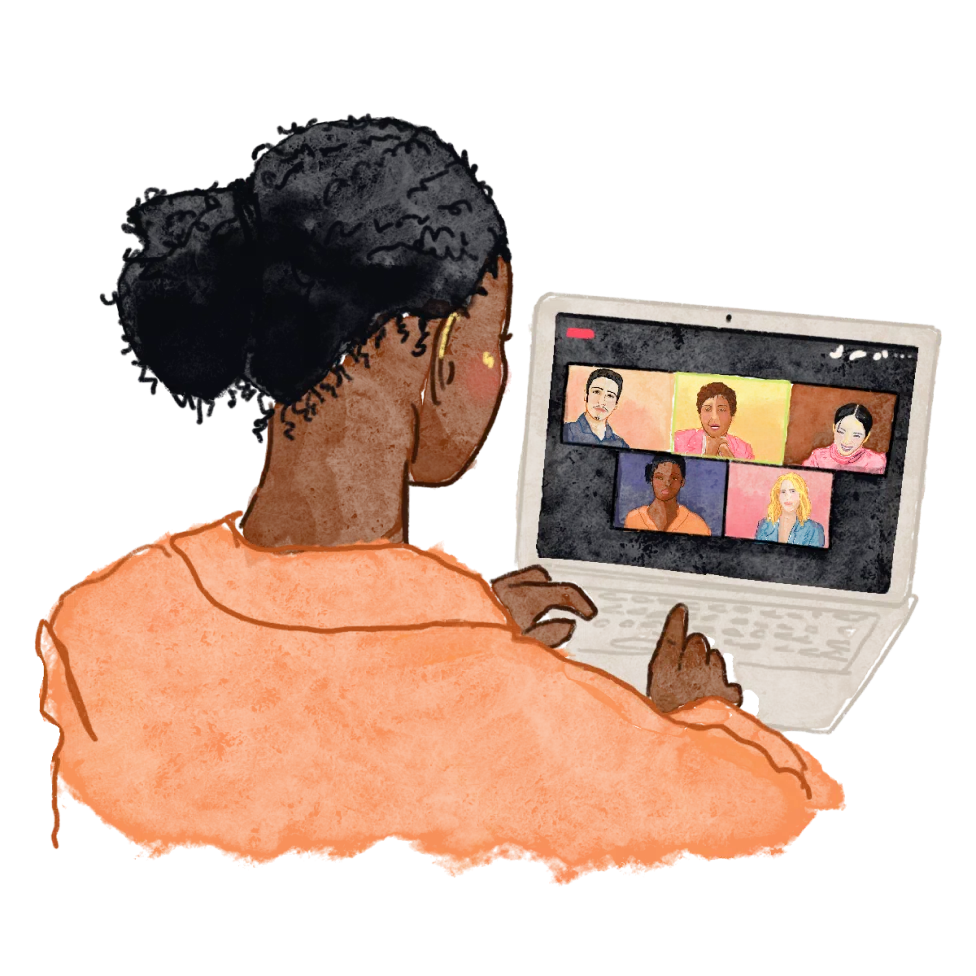
Table of Contents
A Guide to Medication-Assisted Treatment for Opioid Use Disorder

Written By: Sarah Fielding

Clinically Reviewed By: Dr. Eli Muhrer
August 20, 2024
5 min.
The Food and Drug Administration has approved naltrexone, buprenorphine, and methadone for treating people living with opioid use disorder.
Learn more about our Clinical Review Process
Table of Contents
Opioids, which reduce pain by binding to opioid receptors in the body and brain, are widely used for pain management in medical settings. However, decades of overprescription by pharmaceutical companies have fueled a nationwide opioid epidemic, leading to widespread misuse of heroin and synthetic opioids like fentanyl and overdose deaths. Today, millions of people live with an opioid addiction, classified as opioid use disorder, and are at risk of an opioid overdose. The National Institute of Drug Abuse reports that opioid-related deaths in the U.S. have more than quadrupled from 1999 to 2022, reaching 81,806.
Despite these grim statistics, treatment for opioid use disorder is available. Medical professionals use multiple techniques to support people living with the condition, including therapy and medication. Here, we’re going to specifically dive into medication-assisted treatment for opioid addiction, including how this form of treatment helps people manage problematic drug use and improve their chances of long-term recovery.

Begin virtual therapy and medication-assisted treatment today
Fill out our quick form below to learn if Charlie Health is right for you.
What to know about opioid use disorder
First, let’s break down the actual condition. There are a range of symptoms that characterize opioid use disorder, many of which come down to “misuse and overuse of prescription opiates or use of prescription or illicit opiates (heroin) from other sources such as ‘dealers’ despite the known negative consequences,” says Charlie Health Psychiatric Mental Health Nurse Practitioner Rebecca Holland, PMHNP-BC.
The fifth edition of the Diagnostic and Statistical Manual of Mental Disorders (DSM-5) classifies an individual as having this substance use disorder if their regular use of opioids leads to “problems or distress” and they exhibit at least two of the following symptoms within one year. These signs include:
- Taking larger amounts of or taking drugs over a longer period than intended
- Persistent desire or unsuccessful efforts to cut down or control opioid use
- Spending a great deal of time obtaining or using the opioid or recovering from its effects
- Cravings, or a strong desire or urge to use opioids
- Problems fulfilling obligations at work, school, or home
- Continued opioid use despite having recurring social or interpersonal problems
- Giving up or reducing activities because of opioid use
- Using opioids in physically hazardous situations, such as driving while under the influence of opiates
- Continued opioid use despite ongoing physical or psychological problems likely to have been caused or worsened by opioids
- Tolerance
- Experiencing withdrawal or taking opioids — or a closely related substance — to relieve or avoid withdrawal symptoms
The last two points don’t apply if an individual is only taking prescribed opioids and has regular medical supervision. The number of signs a person exhibits determines the severity of their opioid use disorder, with two to three symptoms classified as mild, four to five indicating moderate, and over six labeled severe.

Medication-assisted treatment for opioid use disorder
Addiction medicine is available for a range of substance use disorders. So, how does medication come into play in treating opioid use disorder? The Food and Drug Administration has approved three types of medications for opioid addiction treatment: naltrexone, buprenorphine, and methadone. It’s essential to consult with a healthcare provider to determine the best treatment option and understand potential side effects.
Naltrexone
Buprenorphine
Methadone
Blocks opioid receptors to reduce cravings and prevent euphoria; available as a daily pill or monthly injection, requiring a wait until opioids are cleared from the system.
A partial opioid agonist that lessens cravings and dependency; can be started 12 to 24 hours after opioid use and comes in various forms, including injections and sublingual options.
Manages withdrawal symptoms by mimicking opioid effects; available as a tablet and requires medical supervision, with side effects like headache, dry mouth, and nausea.
Naltrexone
Naltrexone is a “medication that works to block cravings for substances,” says Holland. Once daily orally with a pill under brand names like Revia or every month through an injection called Vivitrol. The FDA has approved the pill for alcohol use disorder, not opioid use disorder, but it is still sometimes used to treat the latter. According to the Substance Abuse and Mental Health Services Administration (SAMHSA), naltrexone is not an opioid, addictive, or able to be abused. Naltrexone works by blocking the receptors in the brain that opioids activate. By doing this, it can stop opioids’ “euphoric and sedative effects” and limit opioid cravings.
Anyone interested in taking naltrexone must wait at least seven days from their last time taking short-acting opioids and up to 14 days after using long-acting opioids. This delay is meant to reduce withdrawal symptoms. If a person does not wait until opioids have left their system fully, the naltrexone can cause abrupt withdrawal because it “kicks off” all the opioids from the brain receptors.
Buprenorphine
Buprenorphine is an opioid partial agonist, meaning it activates opioid receptors, but much less so than typical opioids. SAMHSA reports that the benefits of buprenorphine include reduced physical dependency symptoms like cravings and less opportunity for misuse. Individuals can start taking buprenorphine much earlier than naltrexone, having to wait just 12 to 24 hours after their last opioid use. They should also be experiencing the early stages of withdrawal when beginning the medication.
There are a few different options for buprenorphine medications:
- Brixadi, an extended-release injection.
- Sublocade, an extended-release injection.
- Suboxone, a film placed under the tongue that also contains naltrexone.
- Zubsolv, a tablet that also contains naltrexone.
Holland notes the exact parameters that allow someone to start buprenorphine can vary but, for example, “often a ‘suboxone program’ requires individuals to be engaged in specific psychotherapy for substance use disorder as well, due to the staggering evidence that medication and therapy is so much more effective than medication alone.”
According to SAMHSA, potential side effects of buprenorphine include:
- Dry mouth
- Sweating
- GI upset
- Fatigue
- Injection site discomfort
Methadone
Then there’s methadone, a long-acting opioid antagonist that helps manage withdrawal symptoms by mimicking the effects of opiates, the National Library of Medicine (NLM) details. It’s available as a tablet, and individuals typically start use under medical supervision at an opioid treatment program. According to the NLM, potential side effects of methadone include:
- Headache
- Dry mouth
- Nausea
- Fatigue
Risks associated with methadone, especially breathing problems, are more likely to occur in the first few days of treatment or after dosage changes. As mentioned, it’s critical to discuss these side effects — or any others — with a prescribing provider.

How Charlie Health can help
If you or a loved one is struggling with opioid use disorder, Charlie Health is here to help. Charlie Health’s virtual Intensive Outpatient Program (IOP) provides more than once-weekly mental health treatment for young people and families dealing with serious mental health conditions, including substance use disorders. Also, in some states, Charlie Health offers medication-assisted treatment for opioid addiction as part of our treatment program. Each medication-assisted opioid addiction treatment plan consists of 9-12 hours per week of curated substance-use disorder groups, individual therapy, family therapy, and physiatry. With this kind of holistic treatment, managing unhealthy drug use is possible. Fill out the form below or give us a call to start healing today.




